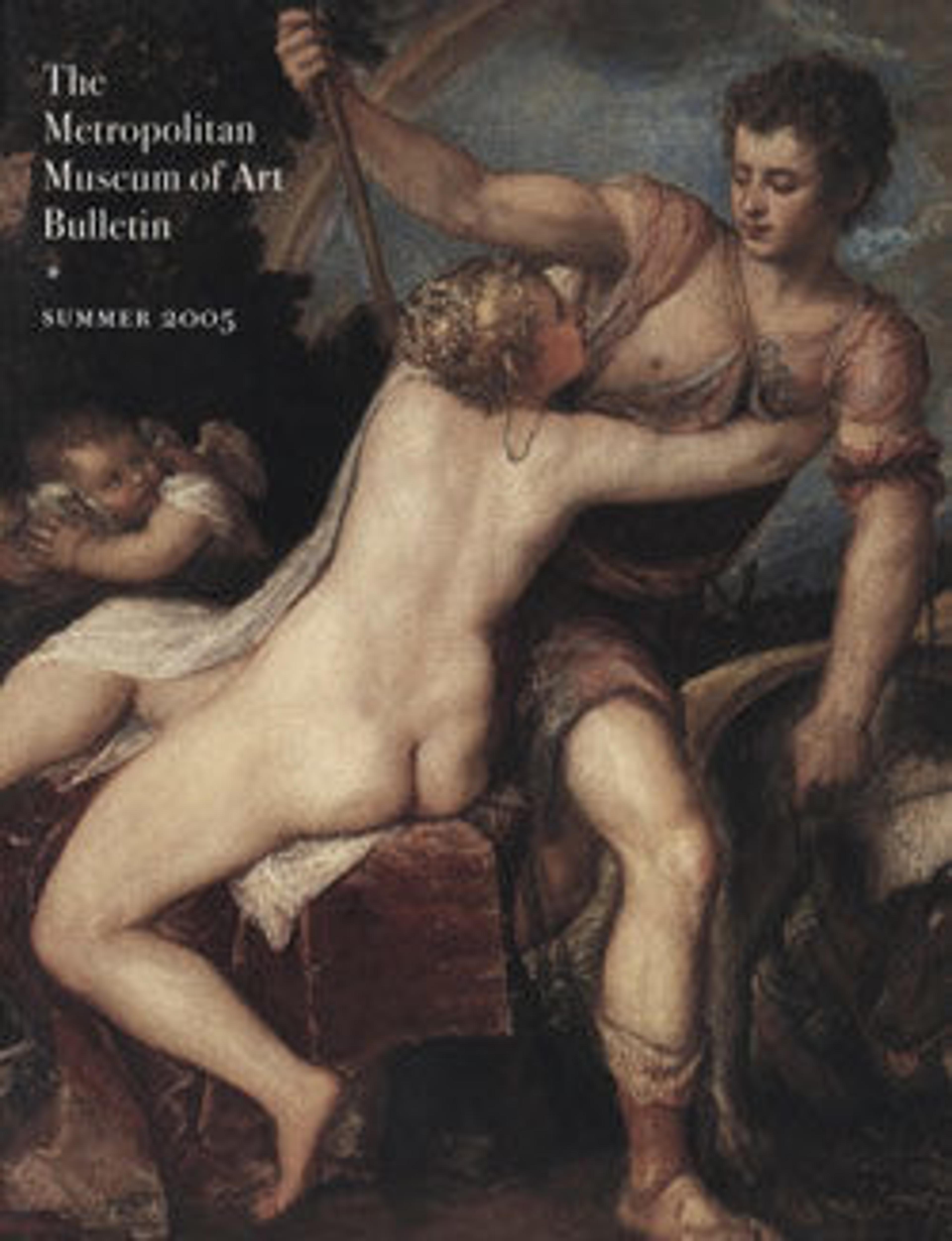The Finding of Moses
To save baby Moses after the Egyptian pharaoh ordered all newborn Hebrew boys be thrown into the Nile, his mother placed him in a basket on the river and hoped for his salvation. Tintoretto’s composition focuses on two extraordinary coincidences in this biblical narrative: that the pharaoh’s daughter found and rescued Moses, and that the nurse she recruited to care for him was his own mother. This story of love and charity was popular in Venice, possibly because the theme of rising from the waters appealed to residents of the Floating City. Tintoretto rendered the work in his famously fast style, with certain forms and figures suggested by just a few lines of color. Among these are the hunting scenes in the background, whose meaning remains mysterious.
Artwork Details
- Title: The Finding of Moses
- Artist: Jacopo Tintoretto (Jacopo Robusti) (Italian, Venice 1518/19–1594 Venice)
- Date: 1560s?
- Medium: Oil on canvas
- Dimensions: 30 1/2 x 52 3/4 in. (77.5 x 134 cm)
- Classification: Paintings
- Credit Line: Gwynne Andrews Fund, 1939
- Object Number: 39.55
- Curatorial Department: European Paintings
More Artwork
Research Resources
The Met provides unparalleled resources for research and welcomes an international community of students and scholars. The Met's Open Access API is where creators and researchers can connect to the The Met collection. Open Access data and public domain images are available for unrestricted commercial and noncommercial use without permission or fee.
To request images under copyright and other restrictions, please use this Image Request form.
Feedback
We continue to research and examine historical and cultural context for objects in The Met collection. If you have comments or questions about this object record, please contact us using the form below. The Museum looks forward to receiving your comments.
